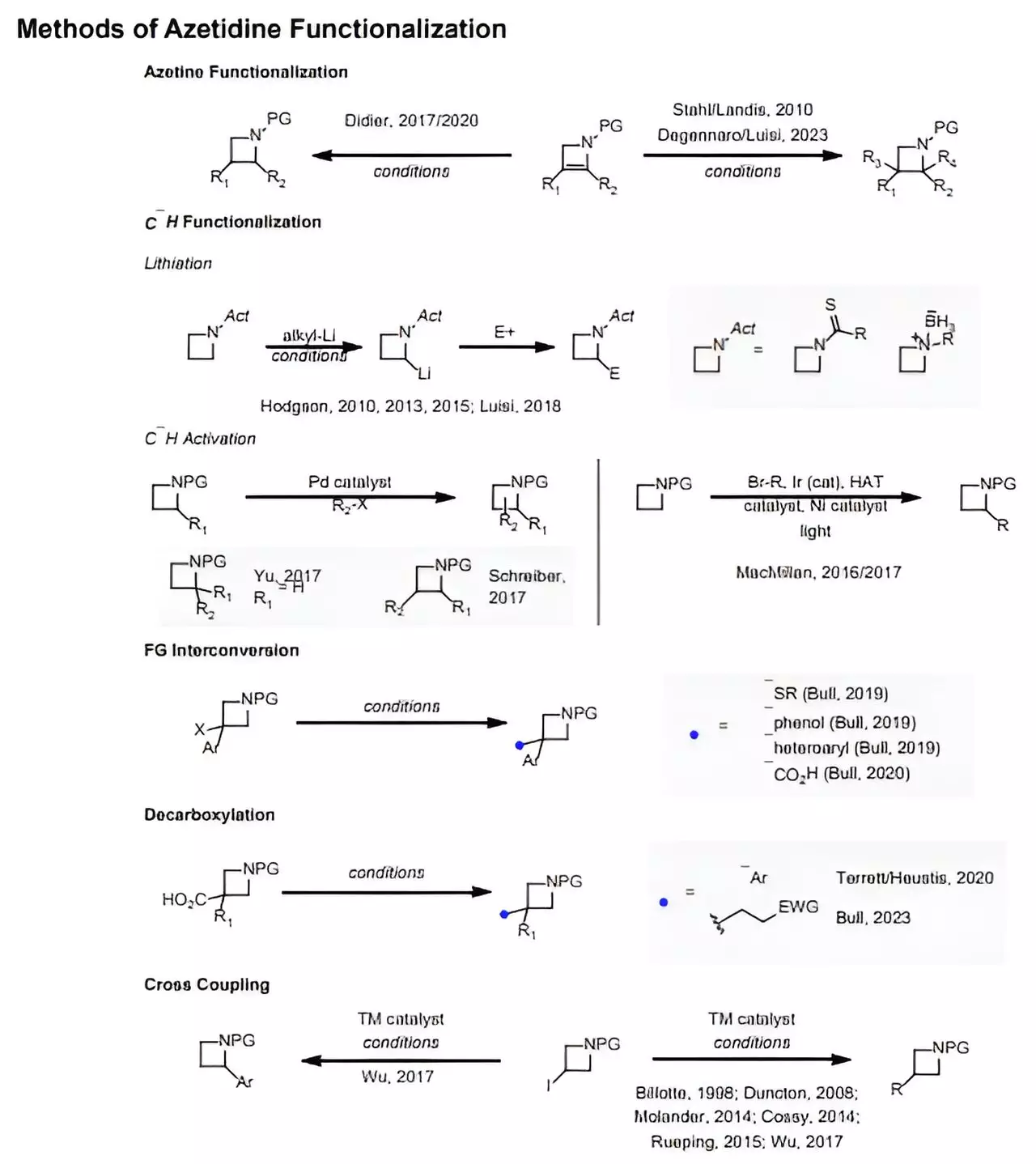In the landscape of pharmaceutical development, the synthesis of new chemical compounds is an essential step toward providing innovative therapeutic options. Among these, azetidines—a class of four-membered rings containing nitrogen—have risen to prominence due to their medicinal properties. Traditionally, creating azetidines has proven daunting compared to their five-membered nitrogen counterparts, which are prevalent in many FDA-approved drugs. The difficulty lies in the complexity and reactivity of these four-membered rings, making the advancements reported by researchers at MIT and the University of Michigan all the more exciting, offering promise for more accessible drug development.
Azetidines possess potential therapeutic properties that could fill gaps left by existing drugs formulated with only five-membered nitrogen heterocycles. However, as elusive as they may be, historical attempts to synthesize them have met with limited success, hindered by trial-and-error approaches that consume both time and resources. The groundbreaking work presented by researchers Heather Kulik and Corinna Schindler stands as a pivotal advance in changing this narrative.
Light as a Catalyst for Change
At the core of this breakthrough is the innovative utilization of light to drive the formation of azetidines. Researchers have harnessed the power of photocatalysis, a method involving catalysts that can absorb light, energizing the molecules for reaction. This novel technique allows for a more efficient pathway to synthesize azetidines by leveraging energy states that traditionally would not permit such reactions.
The duo’s work diverges from established methodologies by utilizing computational models to predict the specific combinations of reactants most likely to yield successful reactions. Using a theoretical framework based on frontier orbital energy matches, the researchers forecasted when certain alkenes and oximes would react effectively when stimulated by photocatalysts. This strategic model not only streamlines the experimental process but also empowers chemists to predict outcomes with increased accuracy.
Harnessing Computational Power
Kulik and her team’s application of density functional theory (DFT) provides deep insights into electron behavior in chemical reactions. By calculating the energy levels of these frontier orbitals, researchers can identify optimal conditions for reaction outcomes. The team analyzed the energy levels of these outermost electrons across various chemical structures, setting the stage for effective interactions when elevated into excited states through photocatalysis.
This computational prowess acts as a crystal ball for chemists, enabling them to pre-screen potential reactant pairs and quickly gauge whether they would lead to successful azetidine formation. Eliminating the guesswork not only saves valuable time but also fosters a more systematic approach to synthesizing potentially therapeutic compounds.
Broader Implications for Drug Development
The implications of this research extend far beyond the laboratory bench. As tested through both computational and experimental methods, the researchers achieved remarkable predictive accuracy, which included successful synthesis of derivatives from existing FDA-approved drugs like amoxapine and indomethacin. Such findings suggest that a wider array of azetidine compounds might be accessible, broadening the therapeutic landscape significantly.
Manufacturing a forecasted range of azetidine derivatives could enable pharmaceutical companies to advance their drug development pipelines more efficiently. By reducing the amount of unsuccessful reactions—and their corresponding costs—companies may allocate resources toward development stages that hold the greatest potential for yielding viable new drugs.
Furthermore, Kulik asserts that the strategies developed through this study open doors for novel syntheses of other classes of compounds, such as three-membered rings, signifying an exciting era of exploration in medicinal chemistry.
A New Era in Chemical Synthesis
The synergy between experimental chemistry and advanced computational modeling epitomizes the innovative spirit that could dictate the future of drug development. By centering research on the principles of energy transfer and the predictive capabilities of computational methods, researchers are redefining the parameters of what’s feasible in drug synthesis.
This advancement serves as a powerful reminder that the integration of computational tools into experimental methodologies is not merely a trend but rather a necessary evolution in the field of chemistry. As the capabilities for predicting reactions improve, the pharmaceutical industry stands poised to benefit substantially from faster, more efficient avenues toward drug discovery.
These developments mark an unprecedented leap toward the potential of azetidines and their derivatives in approved medical treatments, bridging gaps in current therapeutic options and potentially transforming patient care on a broader scale. The implications of this research extend beyond the confines of academic exploration, hinting at a future where drug discovery is not just accelerated but also significantly more efficient and insightful.


Leave a Reply